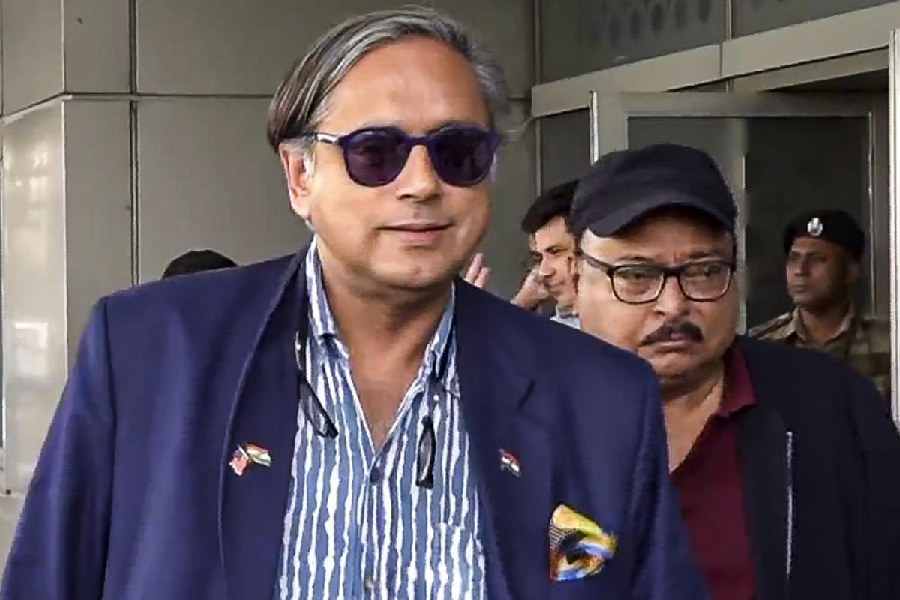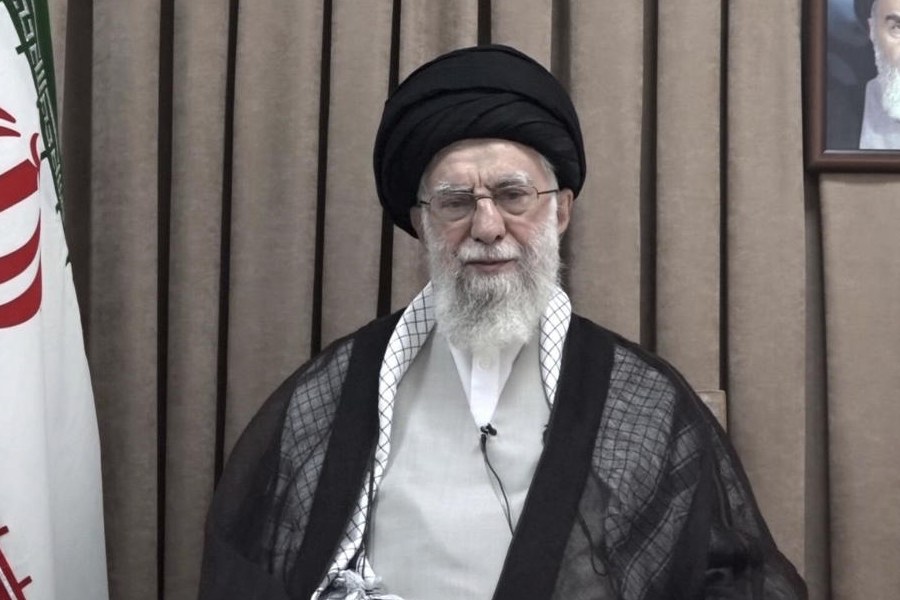
Mumbai: Having captured two Grand Slam doubles titles as well as the year-ending WTA Tour finals with Sania Mirza, and the US Open mixed doubles title with Leander Paes, Martina Hingis says the key to her success with both the Indian aces was her ability to adapt to their style of play.
"My ability to adapt to moments and partners is the key. Leander has one of the best volleys in the game. He controls the net when I am at the baseline. With Sania it's the other way. She plays in an opposite manner to Leander. I can adjust to any partner," said the Swiss ace at a media conference called to launch the Champions Tennis League (CTL) commencing here on Monday.
The 35-year-old player will represent Hyderabad Aces, the home franchise of her doubles partner Sania's hometown. Hingis said the Indian, with whom she won the Wimbledon and US Open before clinching the year-ending WTA title in Singapore, has improved her net game.
"With her former doubles partner Cara Black, who is a fine volleyer, she did not get enough chances at the net. With me, I give her the chance to do well at the net too. She has improved a lot at the net," said Hingis who won had five singles Grand Slam titles before switching over to doubles full time.
About Paes, the former world No. 1 said, "He (Paes) sees the game very well and his instincts are incredible. That's why we are so good together."
Talking more about her tie-up with Sania, Hingis said, "Sania was a great player before teaming up with me. She was world No. 5 (in doubles). We have respect for each other and she is a very optimistic person. As our friendship and relationship grew we've got better and better. That's the key to our success.
"It has been an incredible year. I had hopes of winning one or two titles, but I have five. It's been better than expected."
Asked about the coming year, Hingis said, "I hope to continue the same way forward, starting from Brisbane."
Meanwhile, former top professionals, Thomas Muster and Greg Rusedski were unanimous in their opinion that the current pace of courts and balls in the game were a bit slow to allow a youngster to threaten the established stars seriously.
"I feel the slowing down of the courts and the balls have been a bit too much (for the good of the game). There was more variety in our days because of faster courts and balls.
"The power you put on the ball is evaporating. And matches have become lengthier. I like faster courts and balls," said Muster, the Austrian former world No. 1 and a top clay court specialist in the 1990s. "Who wants to see the same players play for five hours? There should be more variety. The French Open schedule has become very tight because of the length of the matches."
The former French Open champion was addressing a media conference on the eve of start of the CTL in which he will captain new franchise Raipur Rangers. He said the quality of the balls at present needs to be reviewed as they behave in an "unpredictable" manner at times.
Rusedski, who in his prime possessed a lethal serve, was in consonance with Muster's views. "I agree with what Thomas said. In Wimbledon they have changed the courts. There's dry grass which is allowed to grow up to 7mm. They need to find a balance.
"There are quite a few youngsters who are unable to break into the top because of these reasons. In my days ten players were in the running for Grand Slams. By making the balls and surfaces faster you will get more variety and it will be good for tennis," the Canadian star said.
Rusedski, who played in the inaugural edition of the tournament last year, would be filling up the role of legend cum captain for Punjab Marshals.











